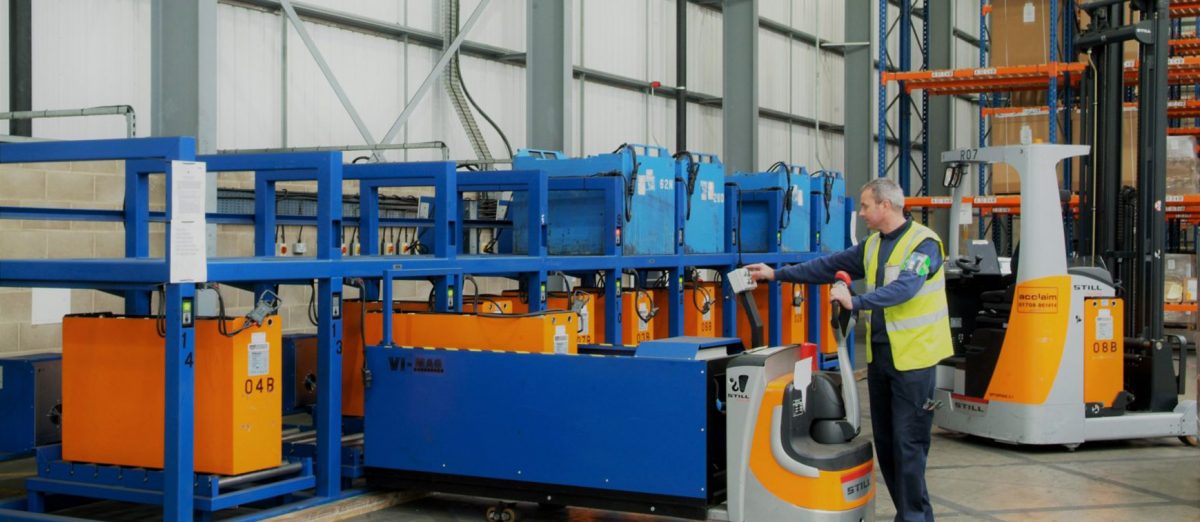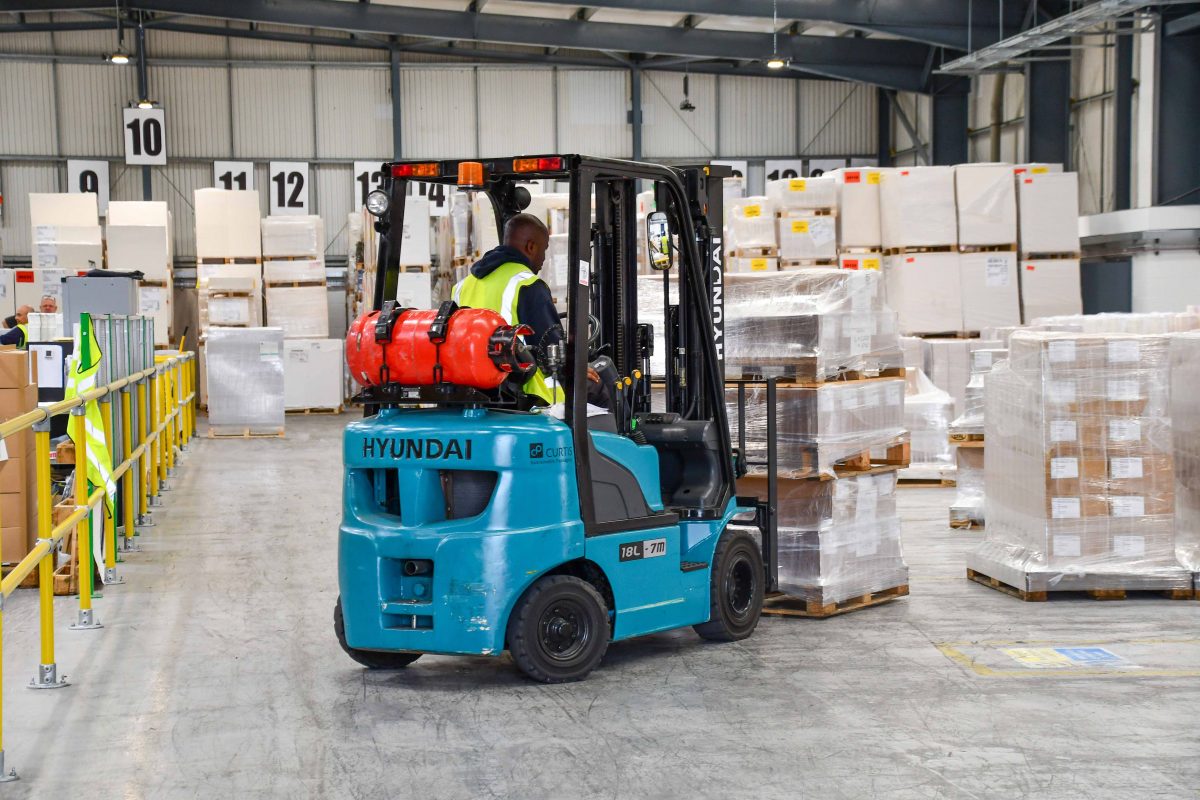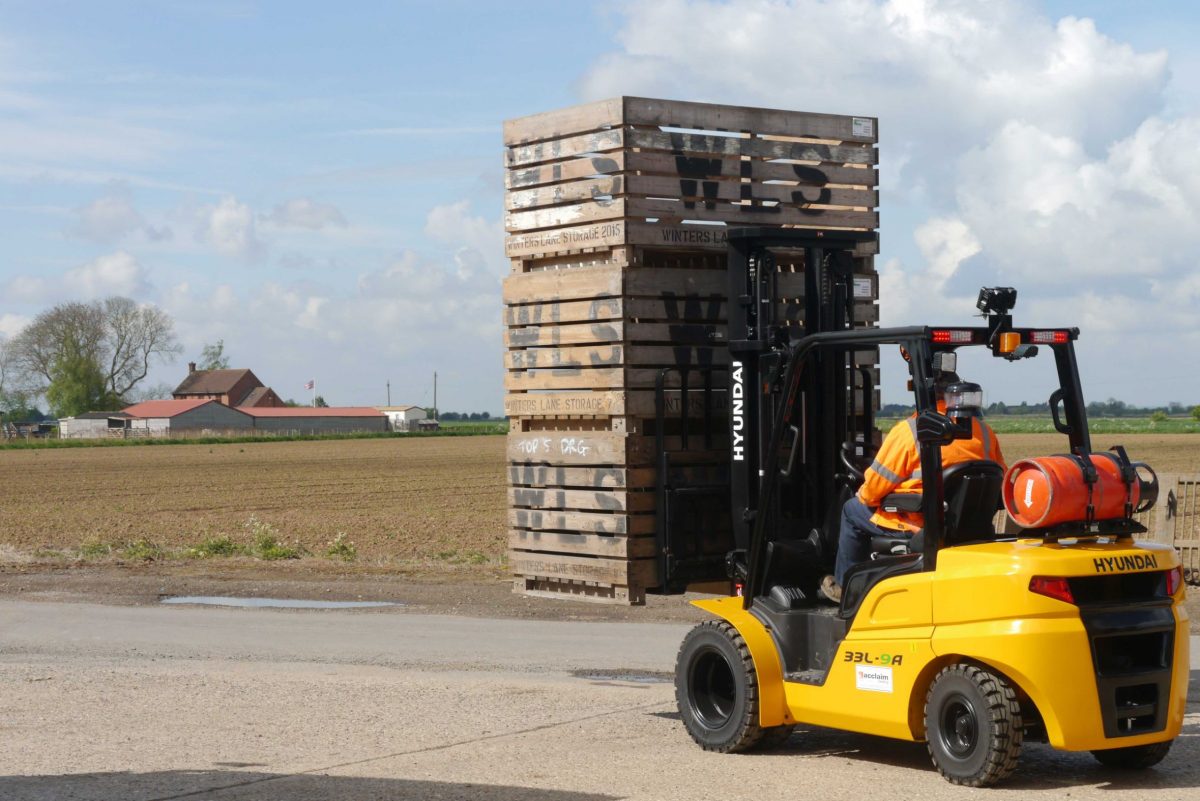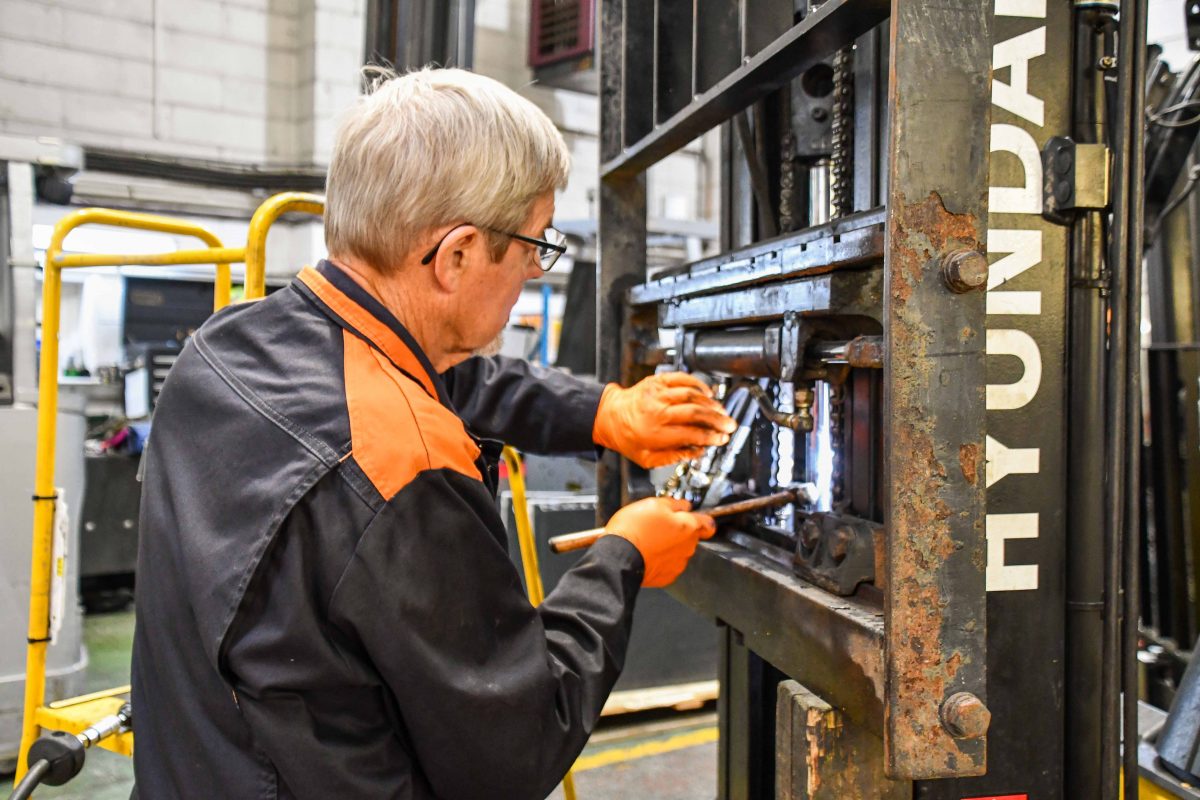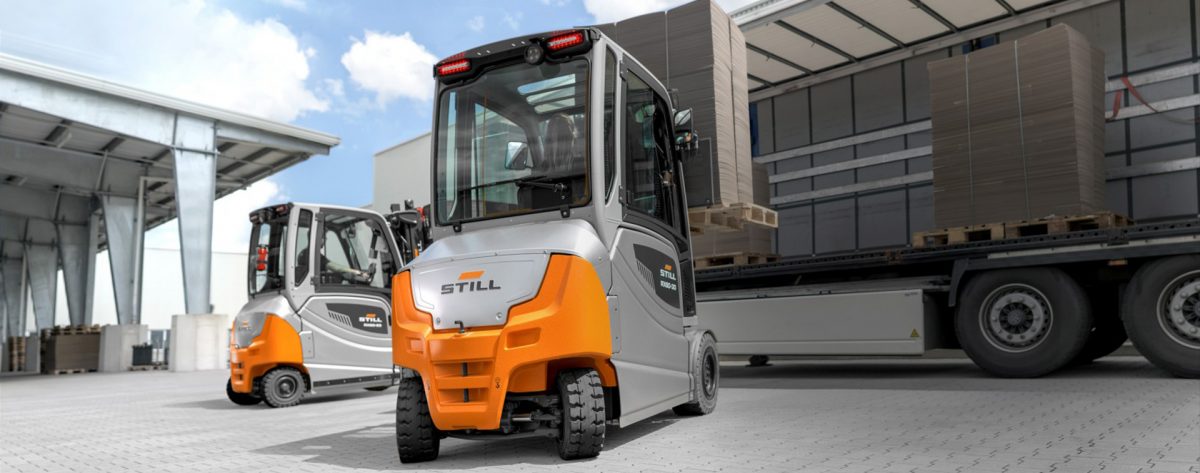What are the Five Steps Involved in Forklift Training?
If you were thinking of getting your forklift license but aren’t sure what the process is, this blog will discuss the five steps involved in forklift training. Forklift training is a requirement for anybody to operate the vehicle. Whether you work on a factory floor with readily available forklifts or are looking at forklift hire, training is essential. So, what are the steps in forklift training?
Here are the five steps involved in forklift training:
- Decide what kind of forklift you want training for
- Attend RTITB -approved formal instruction
- Pass the written theory assessment
- Attend RTITB -approved practical training
- Attend and pass the final assessment
Although forklift training can be tedious for some, it’s an absolute necessity if you want to be able to operate one safely and legally. Keep reading to learn more about the steps involved in forklift training!
1. Decide What Kind of Forklift You Want Training For
First and foremost, you need to decide which type of forklift you want certification for. As aforementioned, you’ll need to be qualified whether you’ll use a forklift every day or if you’re only looking at forklift hire.
There are a handful of different forklift types that have different mechanisms and methods of operation, including rough terrain forklifts and heavy-duty forklifts. To ensure you receive the relevant training, it’s essential to determine which forklift you want training for.
2. Attend RTITB -Approved Formal Instruction
Attending RTITB -approved (Occupation Safety and Health Administration) formal instruction will be the starting point in your forklift training. Formal instruction consists of standard classroom-like processes, such as receiving and taking notes on the topics and receiving lectures.
It’s crucial that you pay full attention during formal instruction, as you’ll need to use this knowledge later on.
3. Pass the Written Theory Assessment
After completing the formal instruction, you’ll write an exam or questionnaire that will determine whether you’re ready for the next step in training. Although grading and pass marks can vary from institution to institution, the pass mark for the forklift training theory assessment is 70%.
Passing the written theory assessment is necessary if you want to proceed to the next training step. Should you not meet the passing requirements, you may have to attend formal instruction again and rewrite the examination.
4. Attend RTITB-Approved Practical Training
Once you’ve completed theory formal instruction and passed the written assessment, you’ll then proceed to hands-on training. Hands-on training prepares you for the physical operation of a forklift, and everything you learnt during formal instruction will be applied to practise.
It’s crucial to ensure that both your theory and hands-on training are RTITB-approved, as it makes certain that the study material or content is up to standard and can ensure that you’ll receive certification after completing both steps in training and passing the assessments.
Some of the topics you’ll learn during practical or hands-on training include:
- How to properly and safely load a forklift
- How to drive on various surfaces like ramps and uneven floors
- How to safely operate a forklift around pedestrians
5. Attend and Pass the Final Assessment
The final assessment or evaluation will consist of a facilitator, trainer, or licensed forklift driver that evaluates your forklift-operating skills. You’ll typically need to complete a variety of forklift tasks per the facilitator’s instruction, and they’ll determine whether your skills meet the criteria for receiving certification.
Some forklift tasks you may need to do can include loading and unloading a forklift. If you pass the final evaluation, you’ll then go on to receive your forklift license.
Final Thoughts
Although forklift training can be taxing, it’s crucial to undergo the necessary training to ensure you’re fully equipped to operate a forklift!
